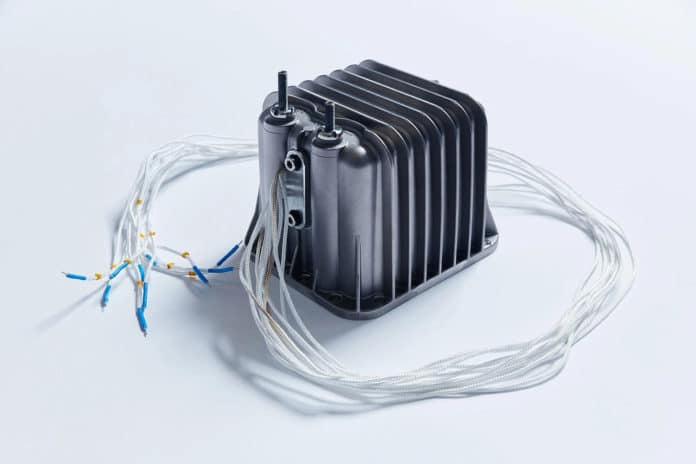Clean, renewable energy is a Danish passion. Denmark has been among the leading group in Europe for years, with more than 30% of the energy consumption coming from renewable sources.
A new in-development project, announced last week by the company Haldor Topsoe, should help Denmark hold onto that position. The Lyngby company will build a factory for so-called “solid oxide electrolyzer cells” (SEOC).
It is claimed that this SOEC-electrolyser delivers more than 90% energy efficiency when using green power to produce hydrogen – that is much more than other fuel cells that work with liquid materials. This is important because the energy loss during the conversion of green electricity to hydrogen is one of the main disadvantages of hydrogen.
Construction will commence in 2022 in order for the facility to be fully operational by 2023. The facility will have an electrolyzer production capacity of 500 megawatts per year, with the option to expand to 5 gigawatts per year.
“This new manufacturing facility is a concrete step to take a leading role in the ongoing energy transition towards a low carbon future. We strongly believe that one of the most viable routes to this goal lies in the efficient utilization of renewable electricity to produce green hydrogen, fuels, and chemicals,” says Roeland Baan, CEO of Haldor Topsoe.
“With Topsoe’s SOEC electrolyzer, more than 90% of the renewable electricity that enters the electrolyzer is preserved in the green hydrogen it produces. This is significantly more efficient than the other available technologies in the market. Topsoe already has a number of technologies and several others under development that will ensure that the company will play a leading role in the energy transition, reducing carbon emissions worldwide. The decision to build this large-scale production of our SOEC technology shows that we are willing and able to translate our ambition into reality.“
Topsoe is already involved in several projects to produce green hydrogen, green ammonia, green methanol, and green fuels. An example is the Helios project in NEOM, Saudi Arabia, announced in July 2020, which includes the world’s largest ammonia loop delivered by Topsoe. The facility will produce 650 tons/day of carbon-free hydrogen to power trucks and busses.
Topsoe is simultaneously continuing research and development activities to achieve further performance enhancements and cost reductions on the cell, stack, and system levels. When renewable electricity is used in electrolysis, the production of fuels and chemicals can be decoupled from fossil resources and CO2 emissions, paving the way for an energy system based entirely on renewable energy and resources.
